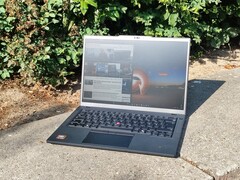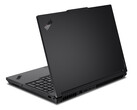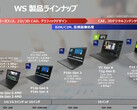It used to be that higher resolution screens that are based on the OLED technology were exclusive to high-end laptops, but in recent years, the technology has filtered down to the mid-range. Take for example the ThinkPad brand: Originally, OLED screens launched in the X1 series, but now, you can find it in the mid-range T series of ThinkPad laptops, too.
Logically, this means a more high-end model should also provide the option. But this is not always the case, as the Lenovo ThinkPad P14s Gen 6 AMD shows. We have recently reviewed this mobile workstation, and we found something to be strange: When you configure the device with an OLED screen, you can no longer choose to also have the AMD Ryzen 9 HX 370. And if you choose the Ryzen 9, the OLED screen becomes unavailable.
We see no technical reason for this limitation. While the ThinkPad laptop P14s Gen 6 AMD (available at lenovo.com) uses a small 65 W charger that is already at capacity with the LCD we tested, using a larger 100 W charger should not be a problem. The only explanation that makes sense to us is market segmentation: Lenovo simply did not want to offer the OLED screen in combination with the Ryzen 9.
Unfortunately, customers interested in the Lenovo ThinkPad P14s Gen 6 AMD thus have a hard choice to make: Either they chose the Ryzen 9 AI HX, the unique processor with twelve cores that makes the P14s G6 AMD stand out among 2025 ThinkPads, and thus lose out on screen quality, or they choose the OLED screen that gets paired with weaker Ryzen 5 AI and Ryzen 7 AI. Either way, it seems to us like a lose-lose type of situation.
















